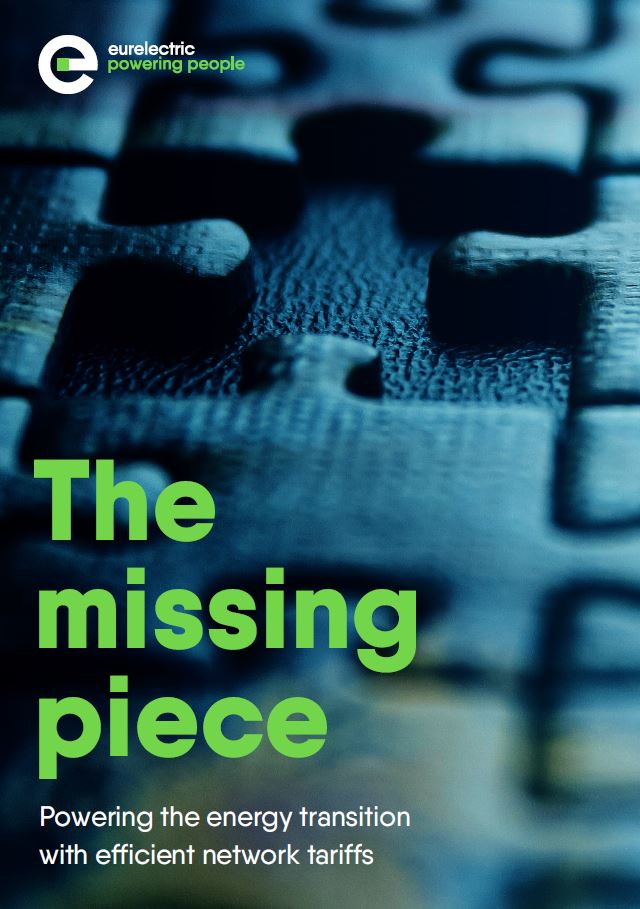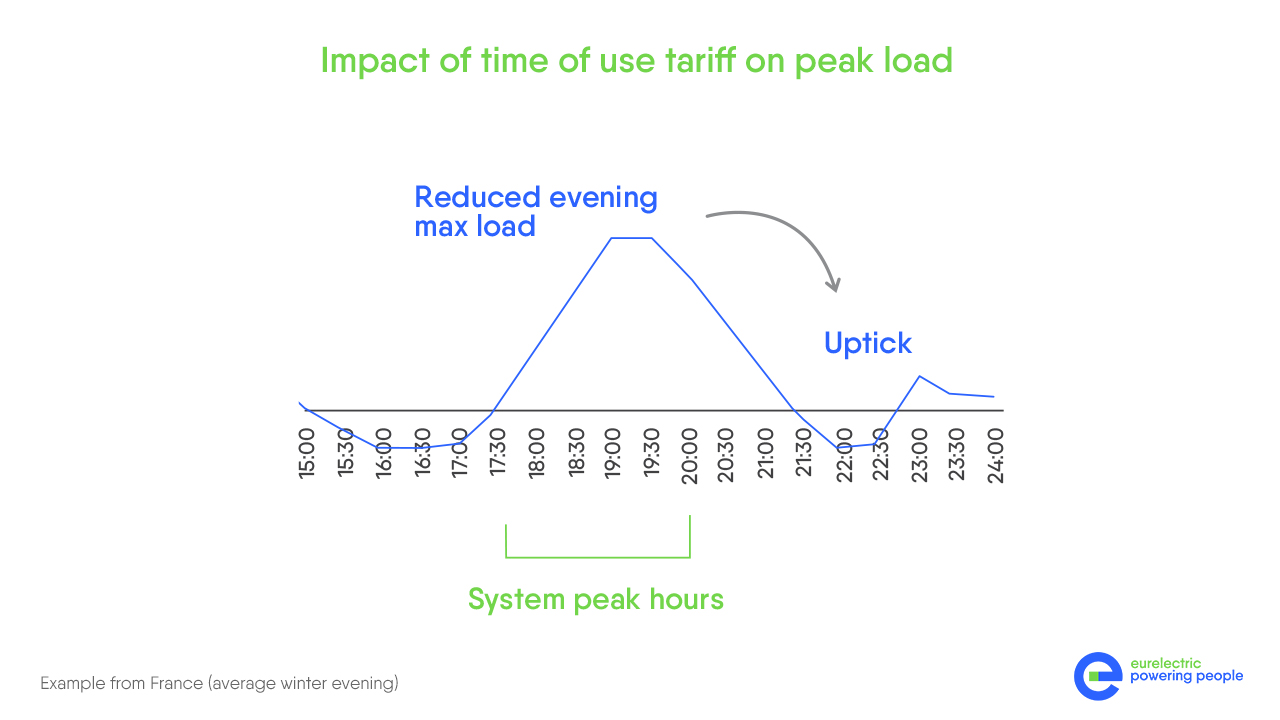Are efficient network tariffs the missing piece in the energy transition?
Distribution networks are crucial energy assets. Their tariff design can play an important role in facilitating the energy transition and enabling the spread of electrification. By affecting the strength of price signals, they can influence the behaviour of all actors in the energy market. But how best to structure these tariffs? Which costs must be reflected and which reduced?
Eurelectric’s latest report explores how setting network rates to offer the optimal benefit to users and operators of the grid is the missing piece in a market design that supports the efficient use of the grid and incentivises new uses of electricity. Getting these tariffs right is crucial to powering the Electric Decade.
Press Release
The missing piece
Powering the Energy Transition Through Efficient Network Tariffs
Eurelectric’s latest report highlights how network tariffs can be designed to support the cost-effective enhancement of Europe’s distribution grids. Cost-reflective time-of-use network tariffs can work alongside flexibility markets to incentivise the sustainable and efficient use of the electricity system.
By 2030, around 500 GW of additional renewable capacity will be installed, while 45 million electric heat pumps and between 50-70 million EVs are expected to replace their fossil-fuel alternatives. Electricity grids are key assets for facilitating cost-effective decarbonisation, the integration of decentralised and variable renewables, and the uptake of electric solutions in transport, buildings, and industry. Well-designed network tariffs will help accomplish this to the benefit of all users and operators.
Download reportIf you want to share on social media...
Interview with Juan José Alba Rios
Juan José Alba Rios is the author of Eurelectric’s latest report. In this interview he answers questions on:
- The link between network tariffs and energy prices
- Making sure network tariffs contribute to electrification
- Static versus dynamic time of use (ToU) tariffs and the report’s preference for static ToU tariffs
- New energy users, their particular needs in the energy system, and how to design tariffs to better suit these needs


